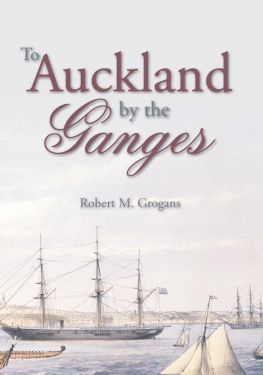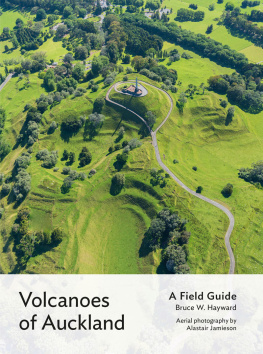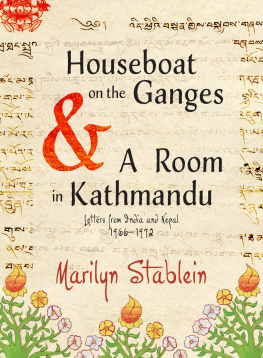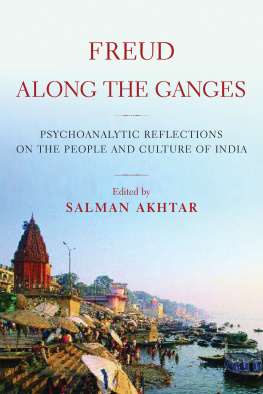The journal by David Buchanan was written in a language and style that was standard for the time, particularly for publication in a newspaper such as the Glasgow Herald , which was produced for the discerning, educated and affluent readers who were mainly resident in mid-Victorian Clydeside.
To bring the journal before the modern reader, a degree of pruning and editing has been required. Many sentences were written in what is today a rather wordy and laboured style, with a tendency to add Latin words or phrases to the English text which were repetitive, superfluous and possibly confusing to many of us today. Punctuation such as the comma was liberally used, and the layout was structured, in the norm for the Glasgow Herald of the time, almost without paragraphs, which only appeared when a new days narrative commenced.
Therefore to get an interesting work into a digestible format the journal has been edited taking the above points into account. The emphasis has been to preserve the flow and narrative of the original text, with endnotes used to explain references to people, events and places that may not be familiar to a 21st-century audience.
In addition, since the writer gave many accounts of the sails that were rigged at certain stages of the voyage, describes a sailing ships rigging. Appendix 2 provides a nautical glossary to the many nautical words and terms used. The remaining two appendices give a passenger list for the Ganges and a note about the ship.
In 1863 there was only one method of mass movement of people from Britain to the other side of the world: by sailing ship, on a journey, depending upon the vagaries of wind and weather, that could take upwards of four months. A speedy passage in most cases would only be achieved by travelling non-stop, spurning the opportunity to break the tedium of the long voyage by calling at ports such as Rio de Janeiro in Brazil, or Cape Town in southern Africa.
Anyone who was prepared to take the time and risk the dangers of travel to such destinations invariably did so on government, professional or military service; or to seek out a better life through emigration, or a better climate for the good of their health. Until 1868 almost the only other group of people to travel such distances were convicts being transported. Tourists and leisurely travellers to the southern hemisphere were few and far between during the mid-19th century.
At that time in New Zealand the offer of grants of parcels of land was used by the British government and the colonial administration as a means of enticing emigrants to the fledgling colony, particularly if they possessed capital and a useful physical, mechanical or professional skill. One example was the eight hundred members of Nonconformist churches who emigrated to New Zealand, setting sail from London in June and July 1862, aboard four vessels, the Matilda Wattenbach , William Miles , Ida Zeigler and Hanover . Every emigrant who paid his or her passage was granted forty acres of land in a newly established area of the colony named Albertland. There had been some scrutiny by the House of Commons in earlier years regarding an alleged scandal over the land grants scheme; it was, however, still in operation during the summer of 1863.
For one emigrant, a combination of health problems allied to a desire to seek better prospects for his family were the reasons for migrating to New Zealand. As an inducement he and his family had been allocated 120 acres of land, probably near to Auckland.












